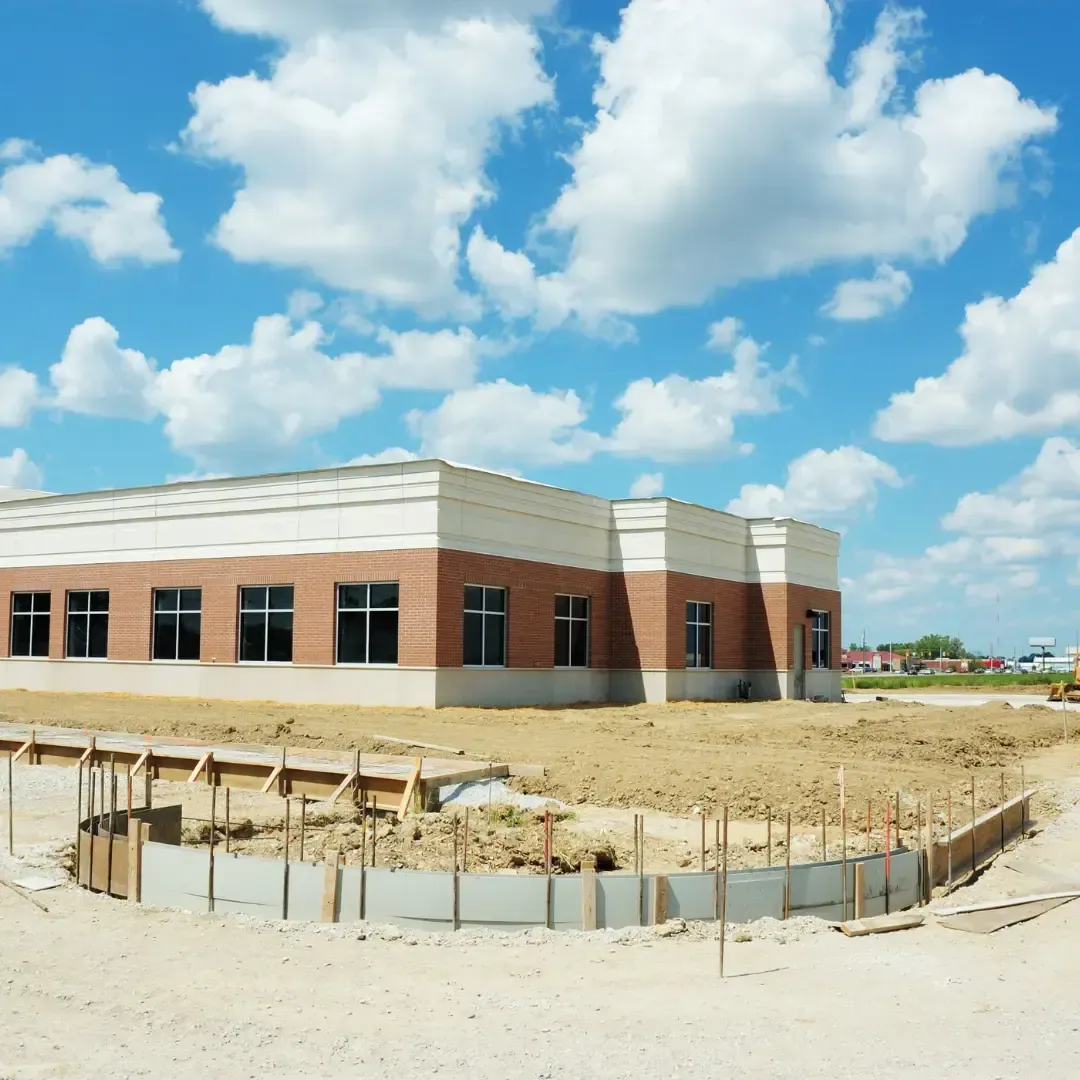
Why Location Matters More Than Ever in Commercial Real Estate
Why Location Matters More Than Ever in Commercial Real Estate

In commercial real estate, one principle has always stood above the rest: location matters. While tenant mix, property condition, and financial performance all play crucial roles in determining a property’s success, location is the foundation of value—and in today’s market, it matters more than ever.
Shifts in the economy, the rise of hybrid work, and changes in consumer behavior are all reshaping what tenants look for in a space. Yet across every trend, one truth remains constant: properties in the right place outperform the rest.
So what makes location so powerful? Let’s break down the three key reasons why it continues to drive performance and protect value.
1. Visibility and Accessibility: The First Impression Factor
Think about the last time you visited a new business. How easy was it to find? Did you have to fight through traffic or circle the block looking for parking? These are the kinds of real-world experiences that directly impact whether tenants succeed—and in turn, how valuable your property becomes.
Properties located on high-traffic streets, near major highways, or in pedestrian-friendly areas consistently outperform those in less visible or harder-to-reach locations. For retail tenants, visibility can literally make or break a business. A storefront positioned along a busy corridor has built-in advertising value—every car or pedestrian that passes is a potential customer.
Accessibility also plays a huge role for other property types. Industrial tenants prioritize proximity to highways, logistics corridors, and airports. Office users weigh commuting times and parking availability as major factors in their leasing decisions. Even medical and service-based businesses consider ease of access for patients and clients.
When evaluating a commercial property, location’s role in visibility and accessibility should be considered first. A well-located property reduces friction for customers, employees, and suppliers—making it a top priority for tenants who want to succeed long term.
2. Proximity to Demand Drivers: Synergy Fuels Success
Commercial real estate doesn’t exist in isolation—it thrives when surrounded by the right demand drivers. These are the nearby businesses, institutions, and community features that bring people to the area and create consistent traffic for tenants.
For example:
Retail spaces perform better when positioned near established shopping centers, restaurants, and residential neighborhoods. People tend to combine errands, so clustering stores together creates synergy.
Office corridors grow stronger when they’re supported by housing, dining, and amenities that attract talent and keep employees satisfied.
Industrial properties benefit from proximity to major highways, shipping hubs, and growing population centers that support labor pools and distribution needs.
A good example of this in Michigan is the ongoing redevelopment around Detroit’s Corktown neighborhood. Ford’s Michigan Central Station investment is drawing in startups, tech firms, and boutique retailers. Each new project feeds the next, creating a self-reinforcing cycle of demand.
If your property is surrounded by thriving businesses and amenities, it’s positioned to capture long-term tenant interest—even as individual tenants come and go.
3. Long-Term Value Protection: Location Shields You from Downturns
Markets rise and fall, but prime locations hold their value better during downturns. Investors who owned properties in strong corridors during the 2008 recession, for example, often saw their buildings rebound faster and attract new tenants sooner than those in weaker locations.
Why? Because tenants want stability too. When times get tough, businesses downsize or consolidate into proven markets where they know customer traffic, employee access, and community infrastructure will support them. Properties in fringe or untested areas may be cheaper, but they’re often the first to struggle when the economy shifts.
Strong locations don’t just protect value—they also attract buyers more quickly. When it comes time to sell, properties in prime areas are easier to market, easier to finance, and more attractive to investors who want reliable returns.
The Modern Definition of “Location”
It’s worth noting that the definition of a good location isn’t static. In 2025, location is about more than just being on the busiest road or closest to downtown. Businesses are prioritizing:
Walkability and livability in mixed-use districts
Access to talent in areas near universities and growing neighborhoods
Proximity to logistics hubs in industrial markets
Community amenities that help attract and retain employees
For investors and owners, staying attuned to these shifts is critical. The best locations today combine visibility, accessibility, and synergy with evolving lifestyle and business trends.
Final Thoughts: Location as the Ultimate Differentiator
In commercial real estate, location isn’t just part of the equation—it’s the most important variable. A great building in the wrong spot will always struggle, while a well-located property can often withstand age, tenant turnover, and market cycles.
Choosing the right location can mean the difference between steady returns and constant challenges. For investors, it’s the key to protecting long-term value. For tenants, it’s the foundation of business success.
If you’d like to evaluate how location is impacting your property—or identify prime locations for your next investment—our team at TDG Commercial is here to help.
